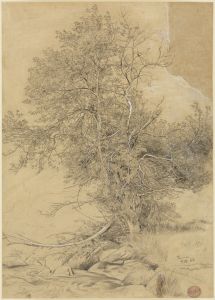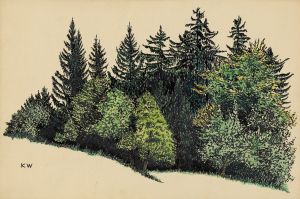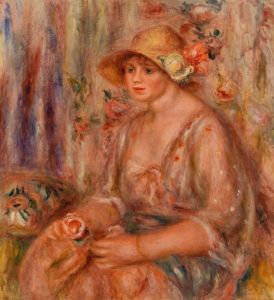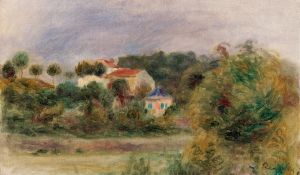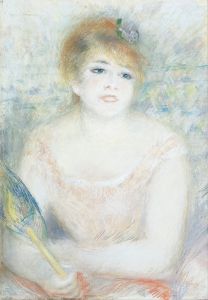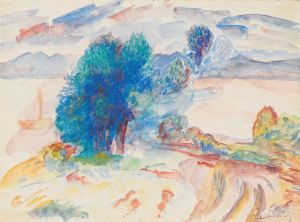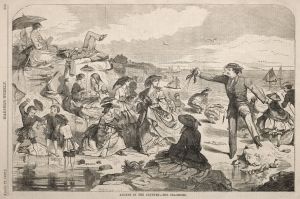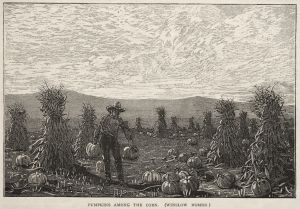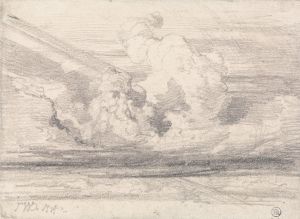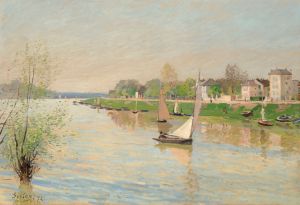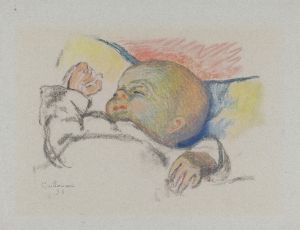
Landscape
A hand-painted replica of Pierre-Auguste Renoir’s masterpiece Landscape, meticulously crafted by professional artists to capture the true essence of the original. Each piece is created with museum-quality canvas and rare mineral pigments, carefully painted by experienced artists with delicate brushstrokes and rich, layered colors to perfectly recreate the texture of the original artwork. Unlike machine-printed reproductions, this hand-painted version brings the painting to life, infused with the artist’s emotions and skill in every stroke. Whether for personal collection or home decoration, it instantly elevates the artistic atmosphere of any space.
Pierre-Auguste Renoir, a prominent French artist and a leading figure in the Impressionist movement, is renowned for his vibrant light and saturated color, often focusing on people in intimate and candid compositions. While Renoir is best known for his depictions of bustling Parisian life and portraits, he also created numerous landscapes throughout his career. However, specific information about a painting titled "Landscape" by Renoir is not readily available in historical records or major art collections.
Renoir's landscapes, in general, reflect his Impressionist style, characterized by loose brushwork and a focus on capturing the effects of light and atmosphere. He often painted en plein air, a practice popular among Impressionists, which involved painting outdoors to directly capture the natural environment. This approach allowed Renoir to explore the changing qualities of light and color in nature, a hallmark of Impressionist art.
Throughout his career, Renoir painted various landscapes across France, including scenes from the countryside, gardens, and coastal areas. Notable examples of his landscape work include "The Seine at Asnières" and "The Banks of the Seine at Champrosay," where he captured the serene beauty of the French landscape with his characteristic vibrant palette and fluid brushstrokes.
Renoir's landscapes often feature a harmonious blend of colors and a sense of movement, achieved through his dynamic brushwork. He had a unique ability to convey the atmosphere of a scene, whether it be the dappled sunlight filtering through trees or the gentle ripples on a river's surface. His landscapes are celebrated for their ability to evoke a sense of tranquility and the ephemeral beauty of nature.
In addition to his Impressionist landscapes, Renoir's later works show a shift towards a more classical style, influenced by his admiration for the works of the Old Masters. This transition is evident in his landscapes from the late 19th and early 20th centuries, where he employed a more structured composition and a softer palette.
Renoir's contribution to landscape painting is significant, as he brought a fresh perspective to the genre, emphasizing the sensory experience of nature. His landscapes are not merely representations of a location but are imbued with the artist's personal response to the environment, capturing the fleeting moments of light and color that define the Impressionist movement.
While specific details about a painting titled "Landscape" by Renoir are not available, his body of work in this genre continues to be celebrated for its innovation and beauty. Renoir's landscapes remain an integral part of his artistic legacy, showcasing his mastery of color, light, and composition, and his ability to capture the essence of the natural world.





